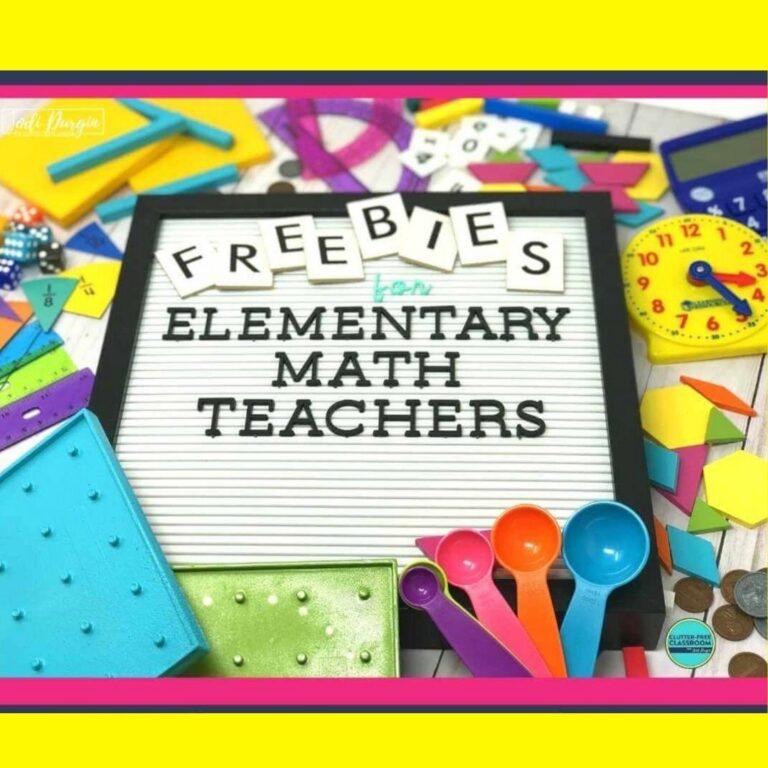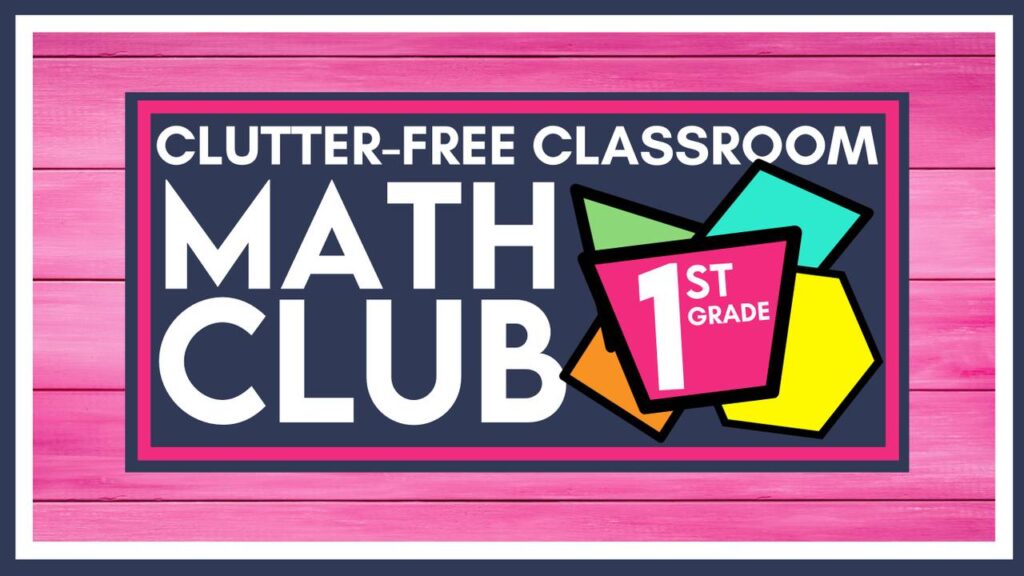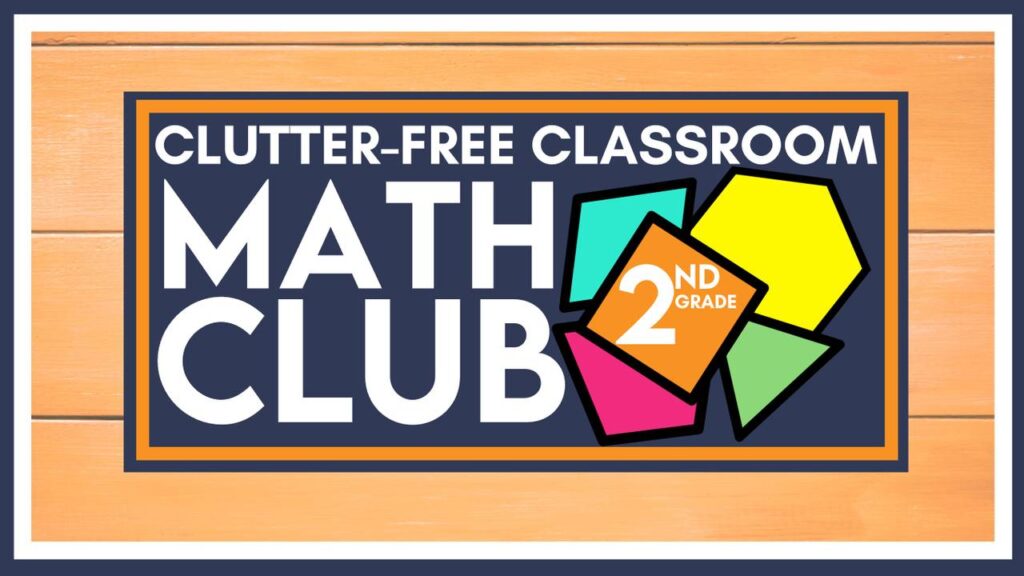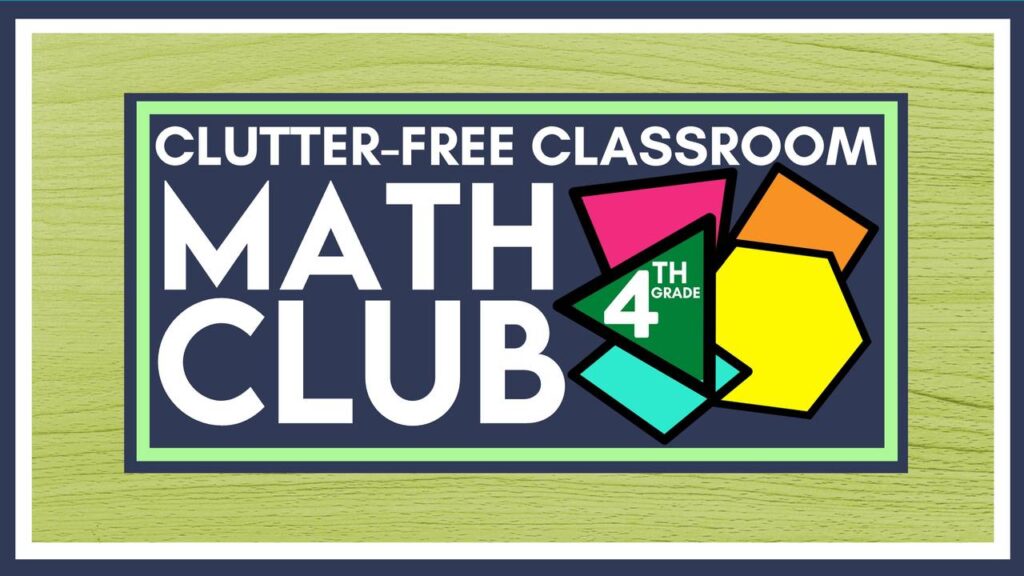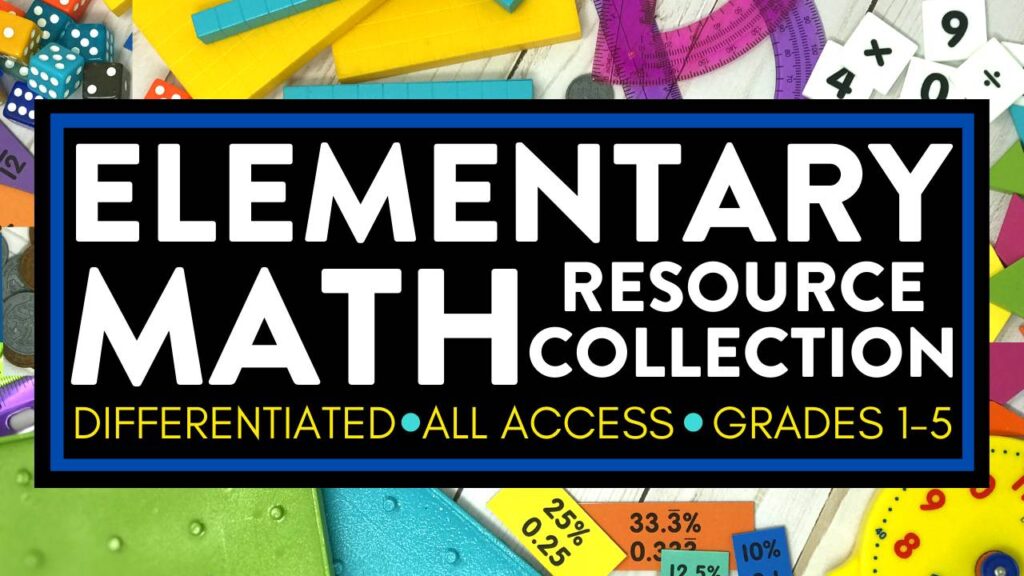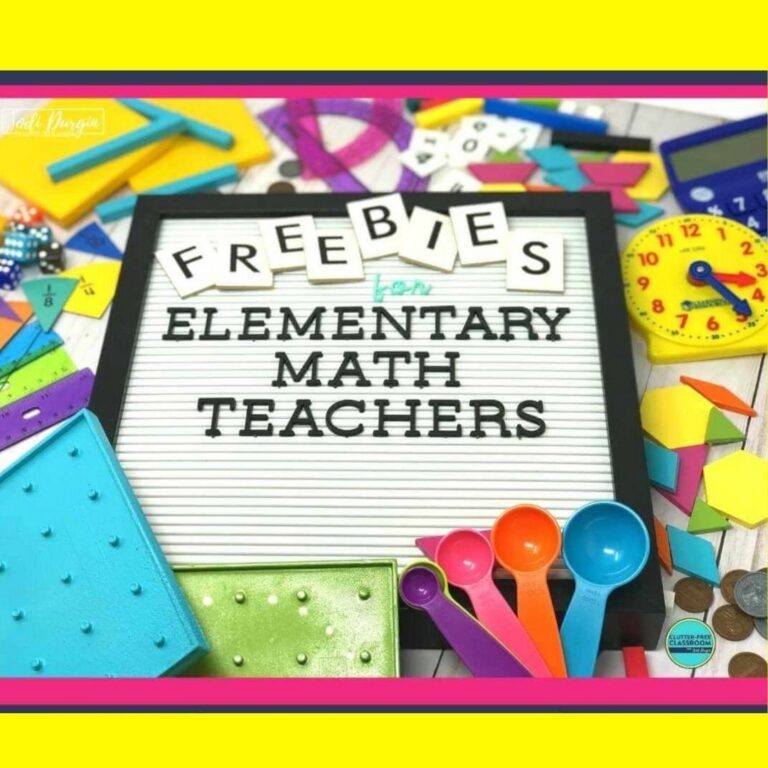If you are an elementary teacher looking for tips and ideas for how to teach time, then you found the right place! Learn what time is, why it’s important, what your students need to know, and get 5 helpful tips for teaching it in a fun and engaging way. Read all about teaching time below!
What is Time?
Time is a measurement used to quantify a consistent duration. The concept of time is something that continuously develops through life.
Why is Time Important?
It is important for students to learn time because telling and writing time is used throughout our daily lives. Knowing how to tell and write time helps both children and adults manage their lives. Without knowing how to calculate time and elapsed time, we would often be late or even miss important events.
What Time Skills Do Students Need to Know?
Below are the Common Core and TEKs standards that relate to time that define what students should be able to do by the end of the school year.
Common Core Standards
1st Grade
- Tell and write time in hours and half-hours using analog and digital clocks. (1.MD.B.3)
2nd Grade
- Tell and write time from analog and digital clocks to the nearest five minutes, using a.m. and p.m. (2.MD.C.7)
3rd Grade
- Tell and write time to the nearest minute and measure time intervals in minutes. Solve word problems involving addition and subtraction of time intervals in minutes, e.g., by representing the problem on a number line diagram. (3.MD.A.1)
4th Grade
- Use the four operations to solve word problems involving distances, intervals of time, liquid volumes, masses of objects, and money, including problems involving simple fractions or decimals, and problems that require expressing measurements given in a larger unit in terms of a smaller unit. Represent measurement quantities using diagrams such as number line diagrams that feature a measurement scale. (4.MD.A.2)
TEKS
1st Grade
- Tell time to the hour and half hour using analog and digital clocks. (1.7.E)
2nd Grade
- Read and write time to the nearest one-minute increment using analog and digital clocks and distinguish between a.m. and p.m. (2.9G)
3rd Grade
- Determine the solutions to problems involving addition and subtraction of time intervals in minutes using pictorial models or tools such as a 15-minute event plus a 30-minute event equals 45 minutes. (3.7C)
4th Grade
- Solve problems that deal with measurements of length, intervals of time, liquid volumes, mass, and money using addition, subtraction, multiplication, or division as appropriate. (4.8.C)
5 Tips for How to Teach Time
Below are 5 helpful tips for teaching time to elementary students.
1. Read Aloud Picture Books that Teach Time
Reading aloud picture books is a great way to integrate literacy into your math block and present information in a different way. Our favorite picture books for teaching time are I.Q., It’s Time by Mary Ann Fraser, The Grouchy Ladybug by Eric Carle and Bats Around the Clock by Kathi Appelt. Check out the full list of math picture books we recommend!
2. Offer Hands On Learning Experiences
Hands-on math experiences help students make connections, remember their learning, and develop a deep conceptual understanding of the content. You can make any lesson interactive and engaging by offering math manipulatives. Our favorite math manipulatives for teaching time are clocks and elapsed time rulers.
3. Explicitly Teach Related Math Vocabulary
Teaching math vocabulary is essential for all students, but it is especially beneficial for students who speak English as a second language and students with learning differences. Key vocabulary terms for time are time, clock, analog, digital, hour, minute, second, face, hands, hour hand, minute hand, big hand, little hand, short hand, long hand, morning, afternoon, evening, midnight, noon, o’clock, thirty, half hour, half past, read, A.M., P.M, skip-counting, quarter of, quarter past, (#) minutes past (hour), (#) minutes of (hour), , elapsed time, time intervals, number line diagram, pictorial models, event, start time, end time, benchmark numbers and landmark numbers.
4. Give Students Opportunities to Apply Time to the Real World
Learning becomes more meaningful when students understand how it connects to the real world. Students are more engaged and invested in their learning. Some examples of ways we use time in the real world are to determine what time we need to leave our home to get to school or work. It also helps us arrive on time to the airport so we don’t miss your flight. A third example is that it helps us determine when we need to take cookies out of the oven. Project based learning and word problems are examples of opportunities for students to apply their learning to real world situations.
5. Encourage Parent Involvement
Parent participation in math is essential because it impacts students’ attitude toward math, proficiency levels this school year, and future success in their math education. Be sure to keep communication open with families and share ways they can support their children in their math learning. Some examples of ways they can practice time at home are making a morning or bedtime schedule together, determining together as a group what time to start getting ready for school or calculating the time needed to travel and prepare in order to arrive at a party on time.
In closing, we hope you found this information about how to teach time helpful!

